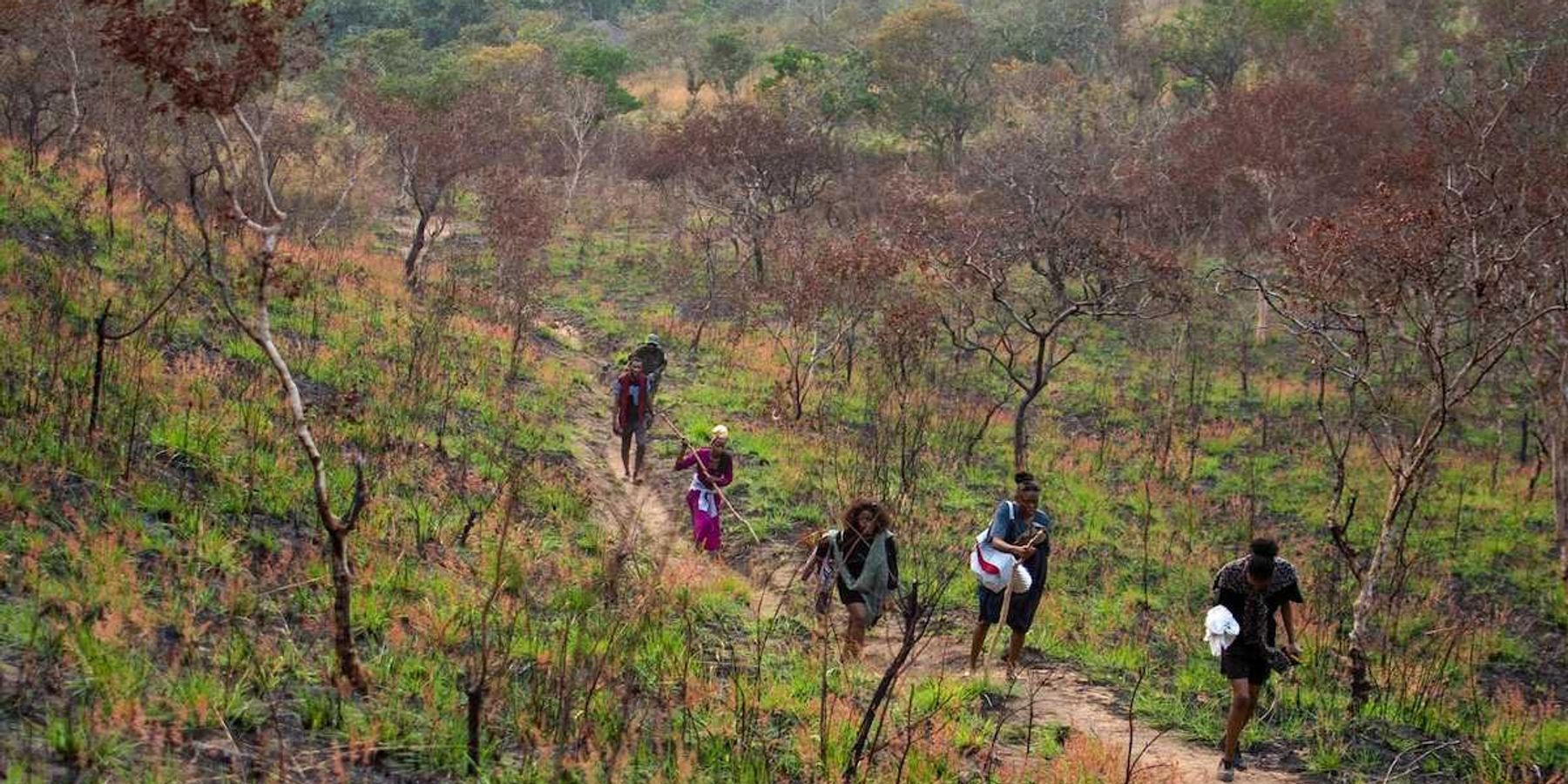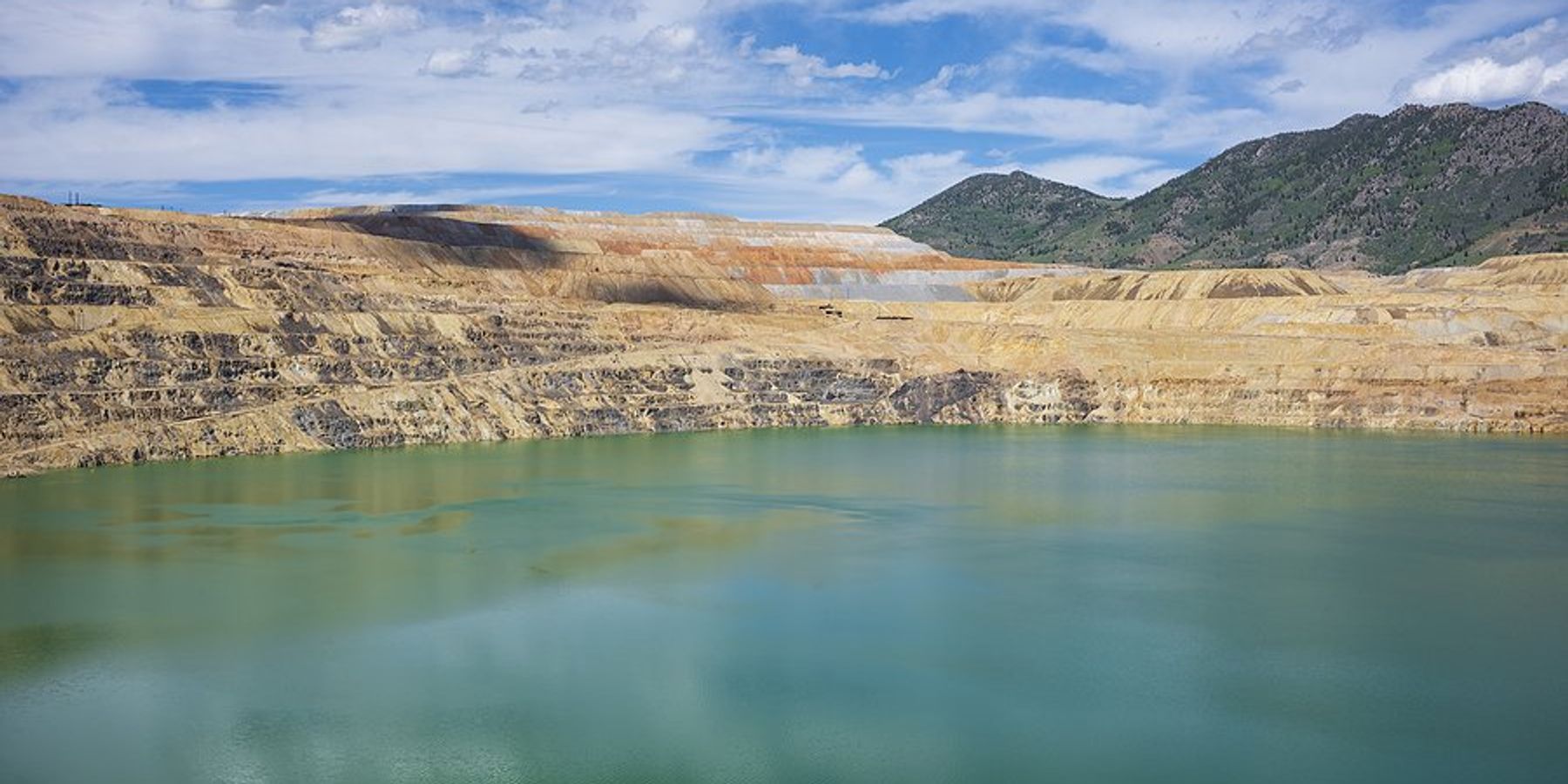
Peter Dykstra: Museum pieces
Remembering the "Republican environmentalists" of days past
The popular young history professor cut a profile that spanned generations. Add a jaunty fedora and a sleeve or two of ink to the horn-rimmed glasses, wavy mane and boxcar-sized sideburns and he could well be a 2000's slacker instead of a 1970's tree hugger.
Newton Leroy Gingrich, Ph.D., taught the first environmental studies courses at his school. He advised the campus Sierra Club chapter and successfully raised hell against a proposed dam on the Flint River. And he aspired beyond the modest campus of West Georgia College.
By 1978, Gingrich was elected to Congress on his second try. Ronald Reagan's landslide victory in 1980 helped inspire the young Congressman's sharp turn away from green politics.
In 1995, he became Speaker of the House and shortly after, invented the modern government shutdown, and led a rightist rebellion that held green politics to be in extremely bad taste. Gingrich continued sporadic advocacy for unobjectionable causes, like saving Africa's gorillas. His Congressional career imploded after the failed bid to oust President Bill Clinton. In 2007, he appeared in an ad beside new House Speaker Nancy Pelosi to call for action on climate change. He later disowned the ad.
Newt Gingrich and his renunciation of environmental values is not a political exception. In the last 40 years, anti-environmental rhetoric and policies have swept the Republican Party:
In 1988, Presidential hopeful George H.W. Bush swept into office while pledging to be "the environmental president." Four short years later, he ridiculed Al Gore, running for VP on the rival ticket as "Ozone Man."
Mitt Romney enacted a forward-thinking Climate Action Plan while Massachusetts governor, then backed off prior to his 2012 Presidential run. Both Lindsey Graham and his Senate mentor, the late John McCain, also cooled on warming.
Even Sarah Palin -- Sarah Palin! -- recognized Alaska's unique vulnerabilities by convening a "Climate Change Sub-Cabinet" during her half-term as Governor. The Sub-Cabinet vanished like permafrost as Palin advanced to national fame in politics and reality TV.
The annual Congressional Scorecard published by the League of Conservation Voters provides a running performance record for key environment and energy legislation. In 1980, no Republican House members bottomed out with an LCV score of zero. For 2017, the latest available complete numbers, LCV awarded zeroes to more than two dozen Republican House members.
Republicans who stuck by their environmental guns were summarily disarmed. Though LCV gave him a lifetime score of only 26 percent, South Carolina Congressman Bob Inglis talked a great climate game until losing a primary battle to prosecutor Trey Gowdy in 2010. Gowdy pulled a 3 percent lifetime LCV score, but is best known for enmeshing Hillary Clinton in years of Benghazi hearings.
"The most enduring heresy I committed was saying that climate change is real," Inglis told PBS FRONTLINE.
Sherwood Boehlert championed acid rain and fuel efficiency legislation for 12 terms from his Utica, NY-based Congressional seat, compiling a lifetime score of 78 percent from the League of Conservation Voters. Claudia Tenney was Utica's most recent rep, earning 6 percent from the LCV. She was unseated the 2018 Democratic wave.
Christie Whitman, the first EPA Administrator for George W. Bush, said she was routinely bigfooted by Vice President Dick Cheney on climate and environment issues. She quit after two years, accusing the Bush Administration of "flipping the bird" at the EPA.
Bird-flipping seems almost quaint. President Trump brings in an EPA regime overtly hostile to the Agency's founding purpose and mission.
An agency founded, by the way, by Republican Richard Nixon.













